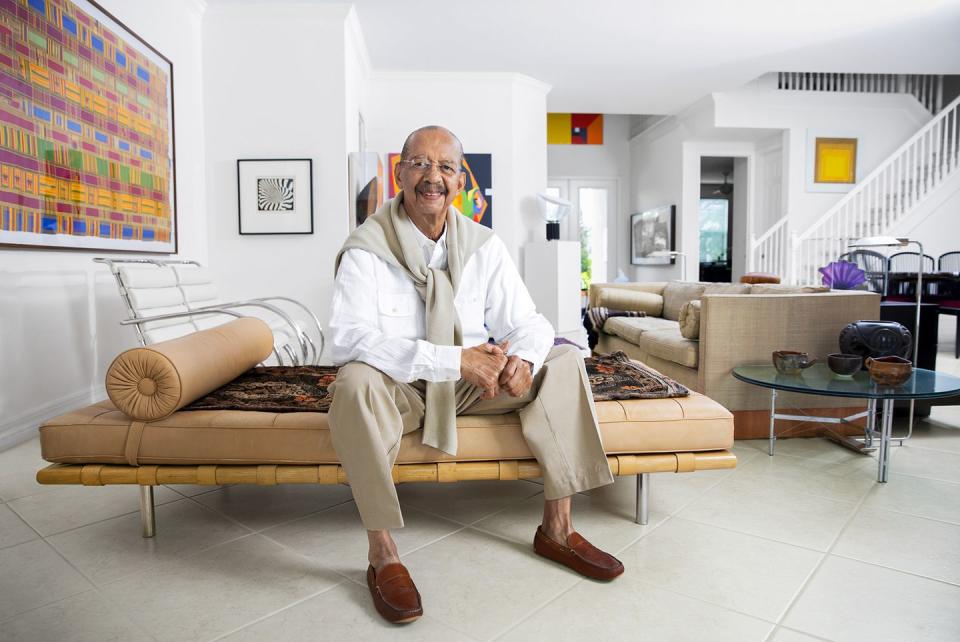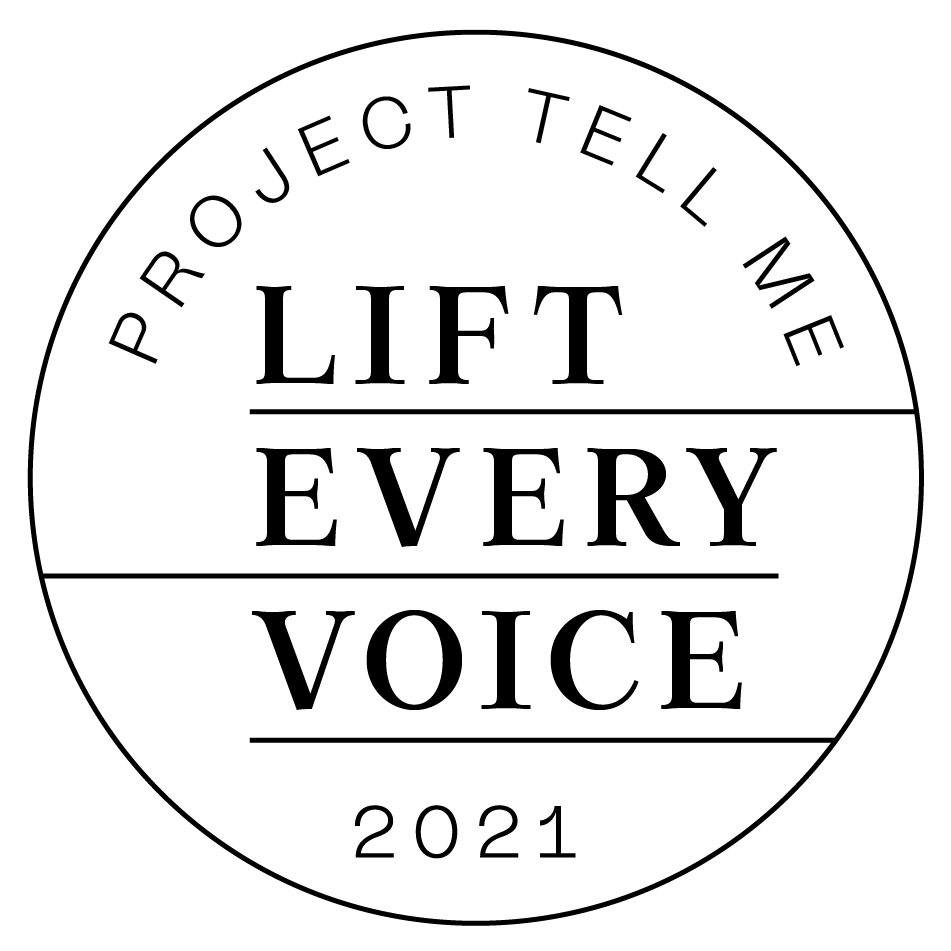Architect Bob Wesley on the Cultural Impacts of Growing Up Under Segregation

“Hearst Magazines and Verizon Media may earn commission or revenue on some items through the links below.”

Interview by DiVonta Palmer/
Photograph by Octavio Jones
Growing up in Memphis, Robert L. Wesley would go door-to-door at Christmastime offering his services as a budding artist. “I would ask neighbors, ‘Would you like me to draw a decoration in your window? You know, a bell, holly leaves, Santa Claus?’” he says. “I decorated lots of homes when I was a kid.” That artistic passion, and an early revelation that it was possible (if rare) for a Black person to become an architect, set Wesley on a path that ultimately led to his becoming, in 1984, the first Black partner at the Chicago-based architecture giant Skidmore, Owings & Merrill. Last year the firm’s foundation launched an academic grant program in Wesley’s name to benefit BIPOC architecture, engineering, and planning students. Here Wesley, 83, reflects on that honor and on the life that led up to it.
DiVonta Palmer: What was it like growing up in the segregated South?
Robert "Bob" Wesley: It was separate, totally separate living, and it wasn’t equal. You only had Black neighbors. Schools were all Black—principals, teachers, students. Your churches were all Black, and so forth. And in some ways this was not a detriment, to be in that kind of an environment. But there were other civic components of being brought up that you didn’t get, that you weren’t able to share, like parks, museums. If they had an exhibition of van Gogh, I couldn’t go there because my skin was Black. When you’re growing up, you need that kind of exposure if you’re going to compete on the world stage, so how is it “separate but equal” when you don’t have these amenities? That was the Jim Crow South. But if you had a very strong family like I had, and a very strong community, you could be a survivor. And that’s what you had to be if you wanted any kind of a lifestyle that was decent in the South.
DP: What inspired you to be an architect?
RW: When I was in about the seventh grade, my mother worked for Universal Life Insurance Company, which was an African American insurance firm in Memphis that had a new building built for them [designed by the Black-owned Nashville firm McKissack & McKissack]. I went to the opening, and I was just flabbergasted at the building. I’d never been inside anything so nice. I got a chance to meet the architect and was very impressed. It was there that I found out about professional architecture. I didn’t know the term that well, and here I had the chance to meet an African American architect! I did my research, as much as I could with books, and I thought that was what I wanted to be. It all started with seeing that building that day.
DP: You worked on such projects as the Toledo Museum of Art, the Art Institute of Chicago, the Chicago Symphony Orchestra. Which was the most memorable, and why?
RW: You remember when we talked about when I was not able to go to museums and galleries and such things in the South? Well, I was fortunate to be able to work on some of Chicago’s premier cultural institutions, the sorts of places I was denied in Memphis. The Art Institute of Chicago. The Field Museum. The Chicago Symphony Orchestra. Lyric Opera of Chicago, a major project there. These are world-class institutions. And the last project I worked on was Millennium Park. You may have seen it, with the big, shiny stainless-steel bean and everything; well, at one time it was just an open place where the trains would go through, covered in weeds, but it ended up being an extraordinary park. These civic structures, civic buildings, civic projects—these are what I am really proud of.
DP: SOM has created an award in your name to support BIPOC students in architecture, engineering, and planning programs. What can you tell me about that?
RLW: I can tell you I was totally shocked and surprised. This has just happened within the last year, and I’m extremely honored that they asked me if I would allow this program to be created by the SOM Foundation and named after me. I have always worked to support, especially, Black and Indigenous people and people of color. And the SOM Foundation wanted to support BIPOC students and help develop more students to get into the profession, because there aren’t many. This program is one that helps a student in many ways, and one of the main ways is financially. The program gives out three $10,000 awards annually. At our first jury, I was just shocked. I mean, these kids are so bright, and to think that they may not complete their education and become what they want to become because they don’t have the financial support they need. The idea behind this SOM Robert L. Wesley Award is that this should not be a deterrent. I’m deeply honored, because it’s such a needed program.
About the Journalist and Photographer
Turn Inspiration to Action
Consider donating to the National Association of Black Journalists. You can direct your dollars to scholarships and fellowships that support the educational and professional development of aspiring young journalists.
Support The National Caucus & Center on Black Aging. Dedicated to improving the quality of life of older African Americans, NCCBA's educational programs arm them with the tools they need to advocate for themselves.
This story was created as part of Lift Every Voice, in partnership with Lexus. Lift Every Voice records the wisdom and life experiences of the oldest generation of Black Americans by connecting them with a new generation of Black journalists. The oral history series is running across Hearst magazine, newspaper, and television websites around Juneteenth 2021. Go to oprahdaily.com/lifteveryvoice for the complete portfolio.

You Might Also Like

